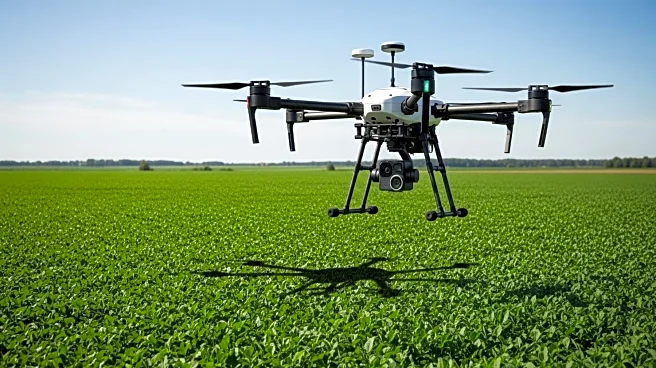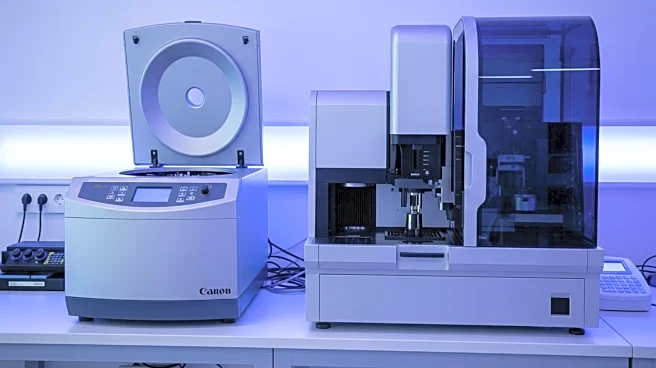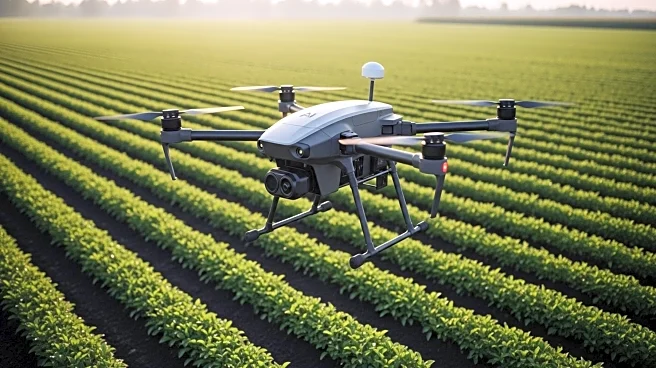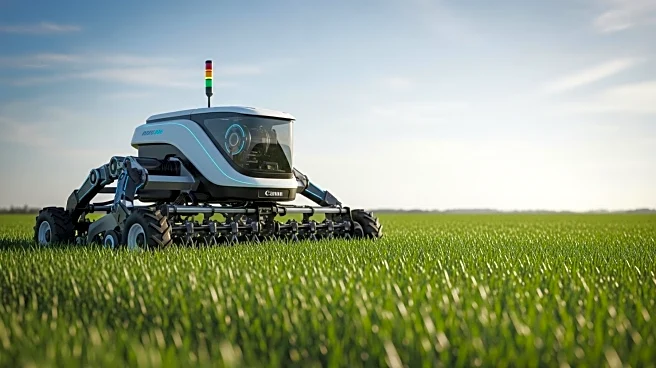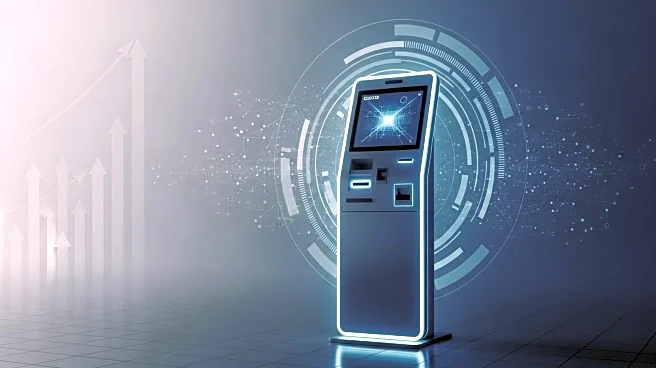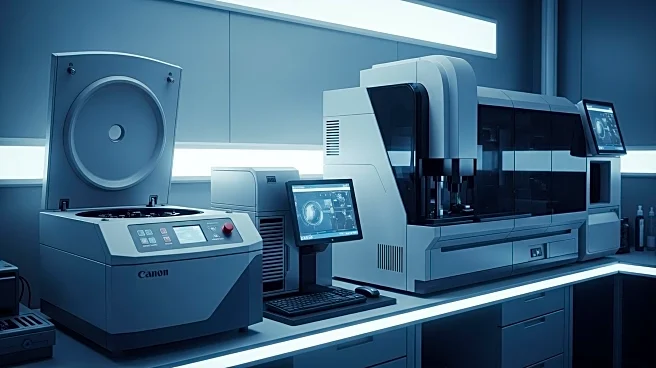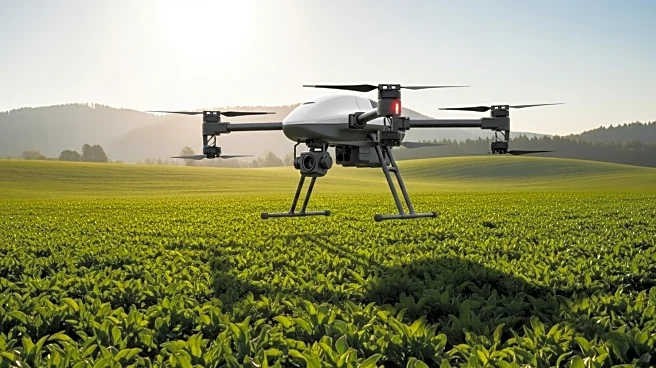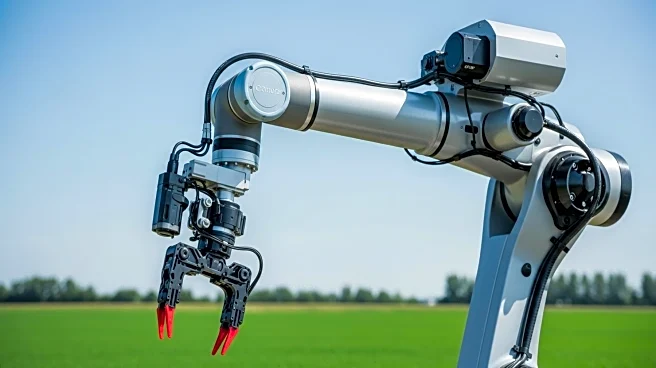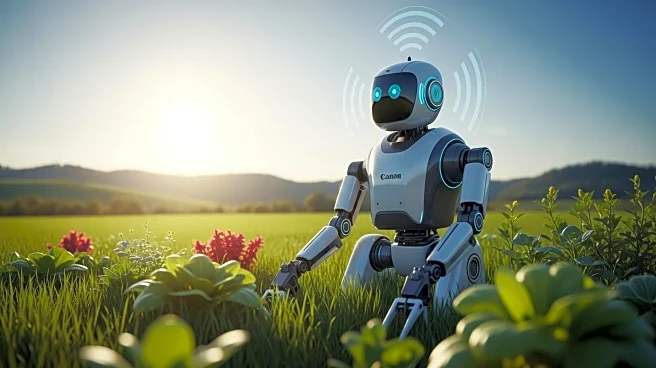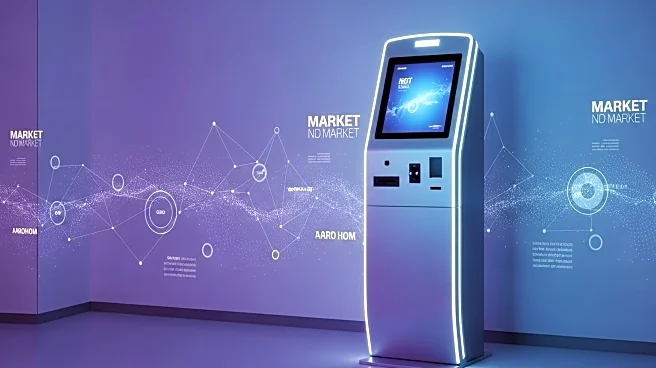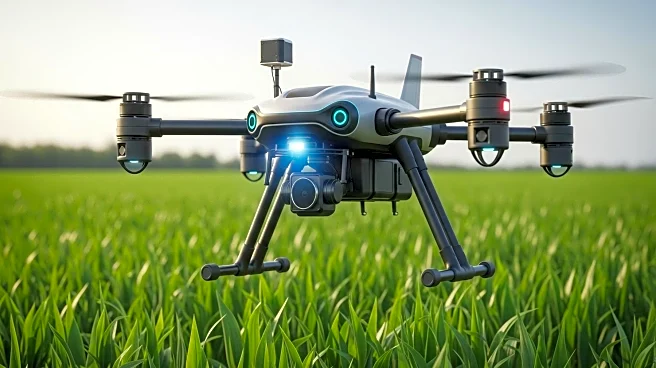What is the story about?
What's Happening?
The agriculture drones market is projected to grow significantly, with a compound annual growth rate (CAGR) of 19% from 2025 to 2030, according to a report by Mordor Intelligence. The market, valued at USD 5 billion in 2025, is expected to reach USD 13 billion by 2030. This growth is attributed to regulatory reforms, large-scale deployments, and analytics-driven solutions. Medium-weight drones are becoming increasingly popular due to their longer flight times and higher payload capacities, which are essential for covering large farmlands efficiently. Government incentives and sustainability programs are also encouraging farmers to adopt drones, turning operational data into valuable insights and new revenue opportunities. The demand for precision farming techniques, such as variable-rate spraying and multispectral monitoring, is pushing farmers to integrate drones into their daily operations. Additionally, Drone-as-a-Service (DaaS) models are making advanced aerial technology accessible to smaller farms without heavy upfront investment.
Why It's Important?
The expansion of the agriculture drones market is significant for several reasons. It represents a shift towards more sustainable and efficient farming practices, which are crucial for improving productivity and reducing environmental impact. By enabling precision targeting and drone-guided nutrition, drones help optimize the use of fertilizers, pesticides, and water, supporting sustainability goals. The adoption of drones also addresses labor shortages in agriculture, allowing a single operator to manage multiple units simultaneously. This reduces reliance on manual labor while improving consistency, safety, and scalability in agricultural operations. Furthermore, drones play a key role in carbon measurement and verification, helping farmers turn sustainability practices into revenue opportunities through carbon-credit markets. This transformation positions drones as valuable tools for enhancing global food security and meeting consumer and regulatory demands for transparency and traceability in food production.
What's Next?
The agriculture drones market is expected to continue its growth trajectory, with North America leading in adoption due to early regulatory clarity and established precision-farming infrastructure. The Asia-Pacific region is projected to witness the highest growth rate, driven by large-scale deployments and government programs supporting training and equipment access. As the market expands, strategic partnerships and integrated solutions are likely to reshape competitive advantages beyond hardware, with regional innovators customizing services to meet local crop types and language requirements. The ongoing development of swarming technology, AI analytics, and carbon verification will further enhance the capabilities and applications of agricultural drones, solidifying their role in modern farming practices.
Beyond the Headlines
The increasing use of drones in agriculture highlights broader trends towards automation and data-driven decision-making in the industry. As drones become essential tools for precision agriculture, they also raise questions about data privacy and security, particularly concerning the collection and use of farm data. Additionally, the integration of drones into farming practices may require new regulatory frameworks to address issues such as airspace management and safety standards. The shift towards eco-friendly farming and traceable produce, facilitated by drones, reflects growing consumer and regulatory demands for sustainable and transparent food production. This trend is likely to influence agricultural policies and practices globally, as stakeholders seek to balance productivity with environmental stewardship.
AI Generated Content
Do you find this article useful?
